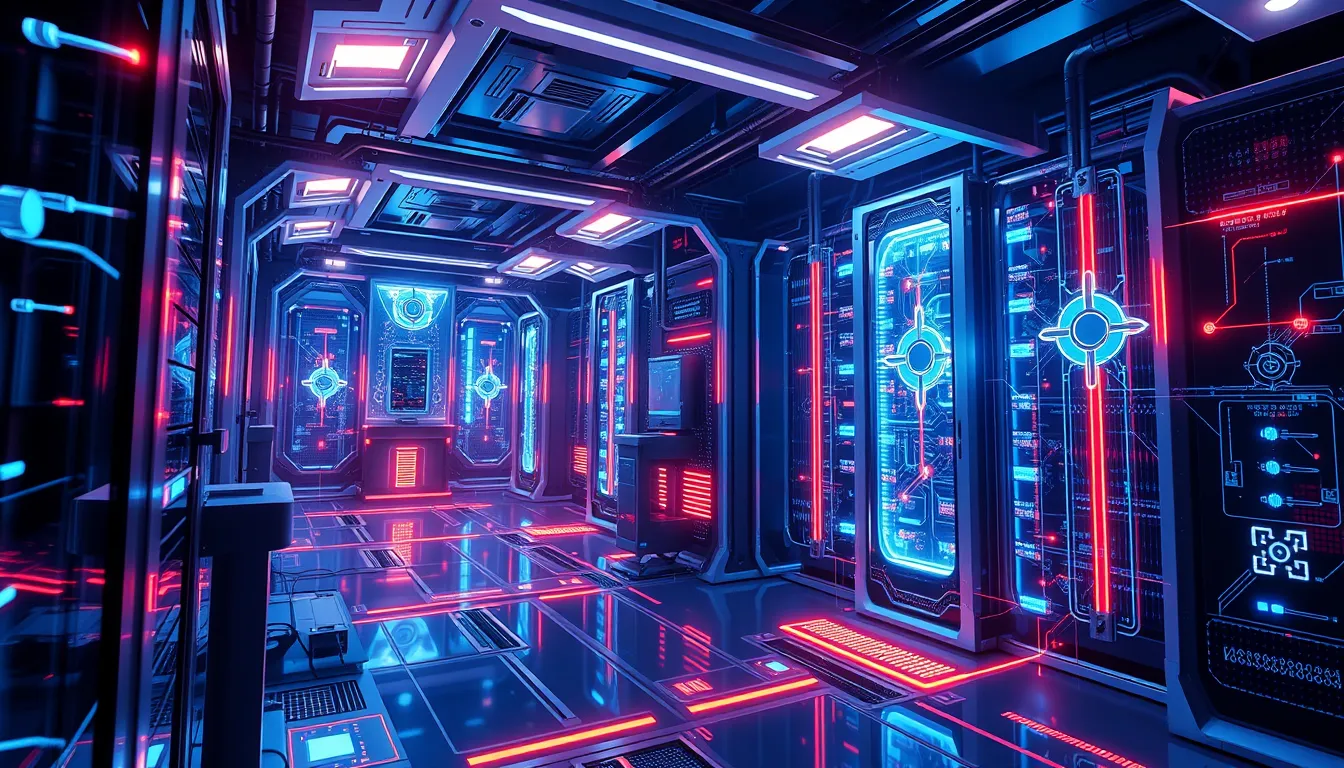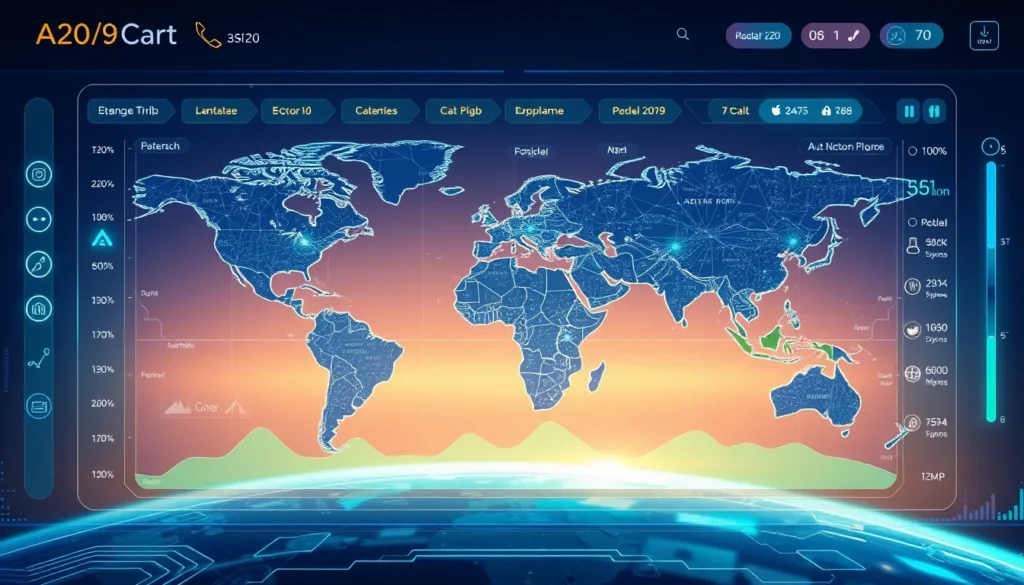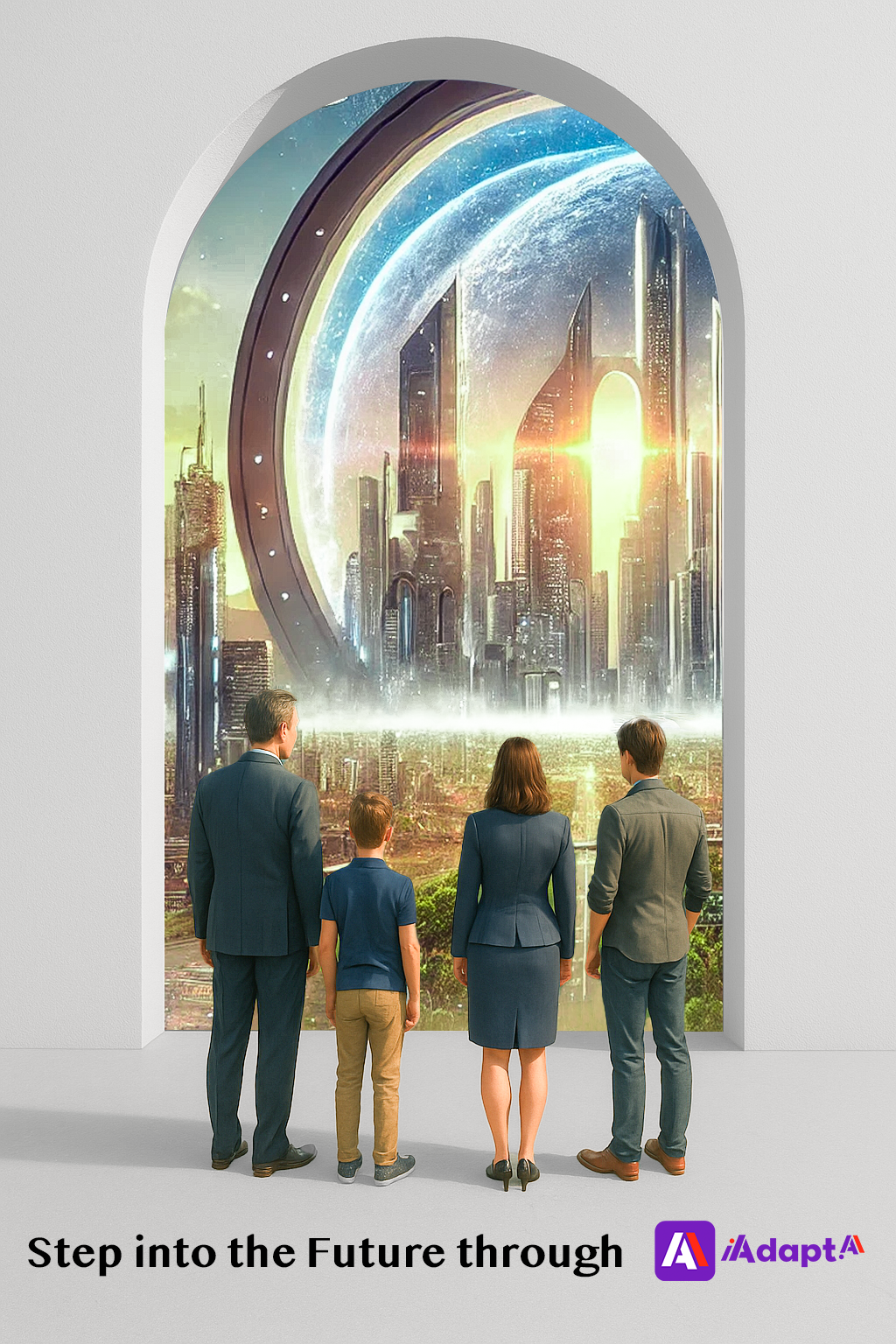Now Reading: Multi-Agent Systems & Architectural Design in AI
-
01
Multi-Agent Systems & Architectural Design in AI
Multi-Agent Systems & Architectural Design in AI

Innovative Multi-Agent Systems & Architectural Design in AI
In today’s rapidly evolving digital landscape, the integration of multi-agent systems and architectural design in AI is transforming how complex tasks are handled. This innovative approach brings together multiple specialized AI agents, each designed to address specific challenges, with a cohesive architectural framework that enhances reliability, collaboration, and scalability.
Understanding Multi-Agent Systems
Multi-agent systems are designed to leverage the strength of several AI algorithms working in collaboration. Unlike single-model approaches, these systems distribute tasks among various agents, enabling them to manage uncertainty and rapidly adapt to dynamic environments. This strategy not only increases overall efficiency but also mitigates the risk of single points of failure. Key advantages of this approach include:
- Distributed Processing: Tasks are handled simultaneously by different agents, accelerating decision-making.
- Enhanced Reliability: With responsibilities spread across multiple agents, the system is less prone to failures.
- Scalability: These systems can easily expand to handle growing data and process complexities.
The Role of Architectural Design in AI
Architectural design in AI plays a pivotal role in structuring how various agents interact. By establishing clear communication protocols and data transfer mechanisms, architectural design ensures that each agent works in tandem, maintaining synchronized operations and consistent outputs. This robust design principle supports the creation of modular AI systems that are both adaptable and resilient.
One of the most significant benefits of a well-planned architectural design is its ability to answer critical questions such as how architectural design enhances multi-agent systems. The answer lies in its structured approach that promotes modularity and interoperability, ensuring each agent can be updated or replaced without disrupting overall functionality.
Modular and Collaborative AI Systems
Drawing on the concept of modularity, designers now opt for architectures that support modular AI systems. In such systems, each module or agent is responsible for a specialized function, which collectively leads to a more reliable AI system. Collaborative AI systems, as they are often termed, allow different agents to share insights, leading to better-informed decisions:
- Adaptive Responses: Agents dynamically adjust their strategies based on real-time data.
- Resilient Operations: System redundancy is achieved through seamless collaboration between agents.
- Streamlined Integration: Architectural design ensures that new modules can be integrated with minimal setup.
For further insights into cutting-edge AI solutions, you may refer to reputable sources such as the official OpenAI website at https://openai.com.
Real-World Applications and Benefits
The transformative impact of multi-agent systems extends far beyond theoretical applications. Industries ranging from healthcare to finance are already experiencing significant improvements in operational efficiency and decision-making processes due to this advanced integration.
- Healthcare: Modular AI systems assist in diagnostic imaging, patient data management, and clinical decision support, thereby enhancing the overall quality of care.
- Finance: Reliable AI systems streamline fraud detection, risk assessment, and automated trading, resulting in improved security and efficiency.
- Autonomous Transportation: Collaborative AI systems enable real-time navigation, traffic management, and accident prevention, showcasing the benefits of multi-agent orchestration.
Moreover, the concept of adaptive multi-agent AI for real-world challenges is gaining traction. As systems become more complex, the flexibility afforded by a modular architecture ensures that they remain responsive to evolving market demands and technological advancements.
Benefits of Multi-Agent Orchestration and Future Innovation
The benefits of multi-agent orchestration are multifaceted. By distributing responsibilities across specialized agents, organizations can achieve:
- Improved Operational Efficiency: Tasks are optimized across agents, reducing processing time and resource allocation.
- Enhanced Decision-Making: Collaborative systems combine varied insights to produce more accurate outcomes.
- Future-Ready Infrastructure: The foundation of these systems is designed to evolve with technological innovations.
This comprehensive approach is not just about handling tasks more efficiently; it is about paving the way for future growth and innovation. As research in AI architectural design continues, we can expect breakthroughs that will further refine multi-agent systems, offering solutions that are both scalable and adaptable.
FAQ – Addressing Common Queries
Q1: How does architectural design improve multi-agent systems?
A1: Architectural design establishes a framework for effective communication and collaboration among agents, ensuring that each function seamlessly together. This results in improved reliability and adaptability in response to dynamic challenges.
Q2: What are the key benefits of modular AI systems?
A2: Modular AI systems allow for easier updates, fault tolerance, and integration of specialized functions, making the entire system more resilient and efficient.
Q3: Why is real-time data integration important in multi-agent systems?
A3: Real-time data integration enables systems to quickly update strategies and respond to environmental changes, ensuring that the AI can continuously learn and adapt.
In conclusion, the evolution of multi-agent systems paired with strong architectural design in AI is setting a new benchmark for what is possible in the field of artificial intelligence. By embracing these principles, organizations can achieve unprecedented levels of collaboration, reliability, and efficiency, ultimately driving transformative innovation in technology and across industries. The journey ahead is promising, with continual advancements ensuring that these systems remain at the forefront of solving real-world challenges.

























